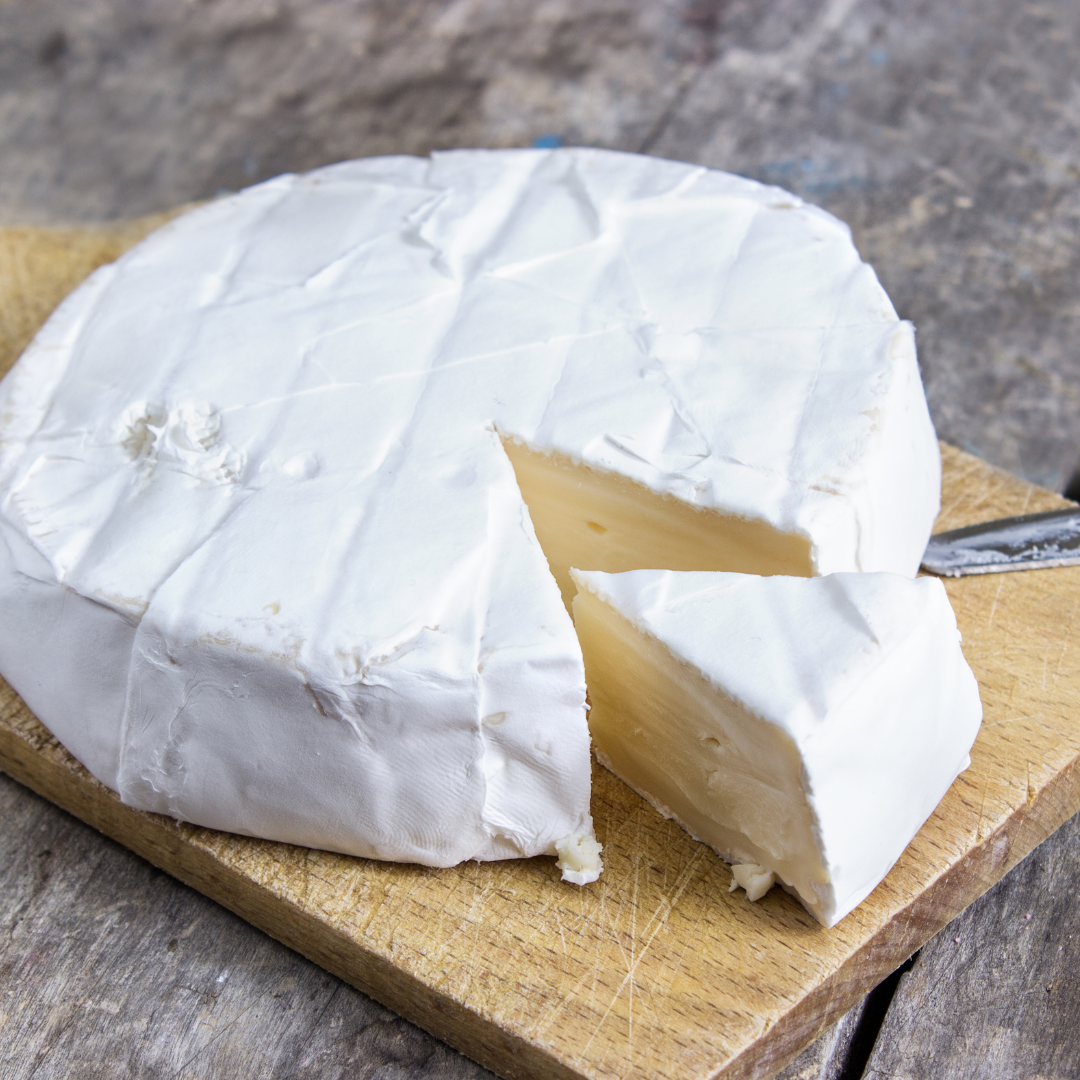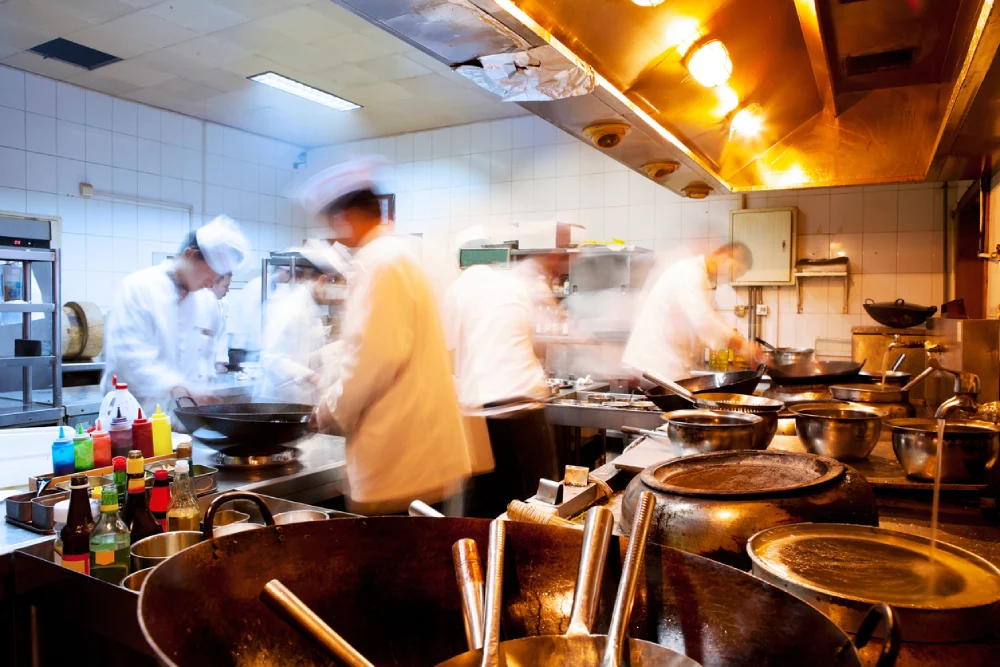By using our website, you agree to the use of cookies as described in our Cookie Policy
Exploring Brie Cheese: What Does Brie Taste Like and Why You'll Love It

What does Brie cheese taste like? If you've ever wondered about the flavor profile of this French delicacy, you're in for a treat.
In this blog, we'll describe the unique taste and texture of Brie. Keep reading to find out why it’s not just any cheese but a masterpiece of flavor and texture that has charmed food enthusiasts worldwide.
What is Brie?
Brie Cheese, famous for its soft and creamy texture, boasts a rich French heritage, with its origins tracing back to the scenic Brie region in northern France. This delicious cheese is crafted exclusively from high-quality cow's milk and owes its distinctive flavor and texture to the time-honored lactic fermentation process.
What does Brie Taste Like?
Brie has a rich and buttery taste with a mild, creamy flavor. Its texture is soft and smooth, often described as melt-in-your-mouth. As Brie cheese ages, it develops a stronger flavor and becomes more complex, with earthy and nutty undertones. The rind of Brie has a slightly tangy and mushroom-like flavor that adds to the overall taste experience.
Different Types Of Brie and Their Taste
While traditional Brie cheese remains the most popular, variations and different types of Brie are available, each with its distinct taste. Here are a few notable types:
Double Crème Brie
This type of Brie has a higher fat content, making it creamier than regular brie. It has a mild, buttery flavor that intensifies as it ages.
Triple Crème Brie
Triple Crème Brie is made with extra cream, resulting in a rich and decadent flavor. It has a smooth, buttery texture, and its taste is luxurious with hints of sweetness.
Brie de Meaux
Brie de Meaux is a protected designation of origin (PDO) cheese made exclusively in the Meaux region of France. It is known for its earthy and nutty flavor, often with a slightly fruity undertone. Its texture can range from creamy to runny, making it excellent for spreading.
Herbed Brie
Some variations of Brie come coated with herbs such as dill, garlic, or basil. This adds an extra layer of flavor to the cheese, complementing its creamy texture perfectly.
Brie Noir
Also known as “Black Brie,” Brie Noir stands out for its unique appearance due to the dark coating of charcoal or ash. This type of Brie has a distinctive, earthy flavor with hints of minerals from the ash, offering a delightful contrast to the creamy interior.
Brie de Melun
Another distinguished French variety, Brie de Melun is known for its robust flavor profile, with a musky and spicy kick on the back of the tongue and a lingering finish. Many describe it as having a taste reminiscent of wet leaves in autumn.
Each type of Brie cheese offers a unique taste experience, allowing you to explore and discover your preferred flavor profile. From creamy and mild to rich and complex, Brie truly has something for every cheese lover.
How to Select the Best Brie?
When it comes to selecting the finest Brie for your palate, a few considerations can elevate your cheese experience. Here's a guide to help you make the best choice:
Check the Texture
Gently press the cheese to check its texture. The best Brie should have a slight resistance on the outside but feel soft and supple on the inside. Avoid Brie cheese that feels too hard or crumbly.
Smell the Cheese
Give the Brie a gentle sniff. It should have a pleasant, slightly earthy aroma. Overly pungent or ammonia-like odors are signs of an overly aged or spoiled cheese.
Inspect the Rind
Look for a Brie cheese with a creamy, unblemished white rind. The rind should be free from cracks, mold, or discoloration. The interior of the cheese should be soft and slightly oozy near the center.
Consider the Creaminess
Different varieties of Brie offer varying levels of creaminess. If you prefer an indulgent, melt-in-your-mouth experience, opt for Double or Triple Crème Brie. For a firmer texture, go for Brie de Meaux or Brie de Melun.
Source Matters
Always choose Brie from reputable cheese shops or producers. This ensures the cheese is made with quality ingredients, adheres to traditional production methods, and has been properly aged.
Pairing Potential
Keep in mind the intended use of the Brie. If you plan to enjoy it on its own or with light accompaniments, opt for a creamy, mild variety. For pairing with bold flavors, consider a stronger Brie like Brie de Meaux.
Selecting the best Brie is a delightful journey of exploration. Don't hesitate to experiment with different varieties to discover your personal favorite. You can even visit your local cheese shop and ask for recommendations.
What Tastes Best with Brie?
Brie cheese is incredibly versatile and pairs well with a variety of accompaniments. Here are some delicious options to complement the flavor of Brie:
Fresh Fruits
Serve slices of ripe fruits like grapes, apples, pears, or berries alongside Brie. The natural sweetness of the fruits complements the creamy and slightly tangy taste of the cheese.
Crackers or Baguette
Enjoy Brie with crispy crackers or slices of crusty baguette. The crisp texture of the bread or crackers provides a delightful contrast to the soft and creamy Brie.
Nuts
Pair Brie cheese with toasted nuts like walnuts, almonds, or pecans. Their crunchiness and nutty flavors enhance the overall taste experience.
Honey
Drizzle some honey over the Brie for a touch of sweetness. The honey complements the mild flavors of the cheese and adds a luscious texture.
Cured Meats
Create a charcuterie board by serving Brie cheese with cured meats like prosciutto, salami, or smoked turkey. The salty and savory notes of the meats pair excellently with the creamy texture of the Brie.
Jams or Chutneys
Spread a dollop of fruit jams, fig preserves, or chutneys next to the Brie. The balance of flavors between the sweet or tangy condiments and the rich, creamy cheese creates a harmonious combination.
Herbs
Garnish Brie with fresh herbs like thyme, basil, or rosemary. The herbal aromas and flavors bring a delightful freshness to the cheese.
Wine or Sparkling Cider
Pair your Brie with a glass of wine, such as a crisp Chardonnay, Pinot Noir, or Champagne, or opt for sparkling cider for a non-alcoholic alternative.
Wrapping Up
Brie Cheese is a culinary treasure that offers a taste experience like no other. So, the next time you're curating a cheese platter for a family gathering, make sure to include a generous serving. Your taste buds will thank you for the gastronomic adventure!
Ready to delight your palate with the creamy and buttery flavors of Brie? Visit our website to see our exquisite Brie Wheel, handpicked for your indulgence today!
Frequently-Asked Questions
How Long Does Brie Last?
Brie cheese typically lasts about 1 to 2 weeks when stored properly in the refrigerator. However, the shelf life may vary depending on factors like the cheese's age and packaging.
What does Baked Brie Taste Like?
Baked Brie has a rich, creamy interior with a slightly melted texture. It often features a savory or sweet topping, like herbs, fruit preserves, or nuts, which add complementary flavors. The result is a delightful combination of warm, gooey Brie and the chosen toppings.
How to Store Brie?
To store Brie cheese, wrap it tightly in plastic or wax paper, then place it in an airtight container or resealable bag. Keep it in the refrigerator at a temperature between 35°F to 45°F (1°C to 7°C). This will help maintain its freshness and prevent it from absorbing unwanted odors.
‹ Back







